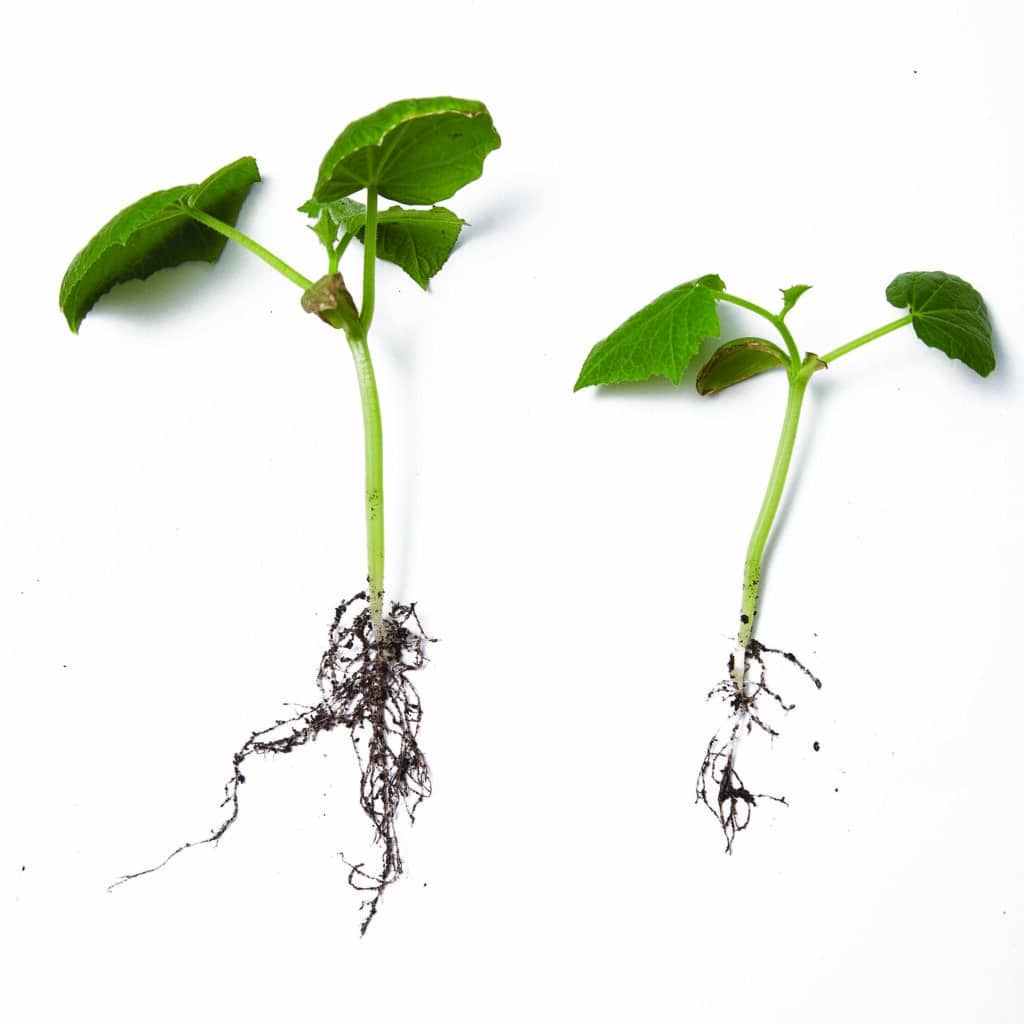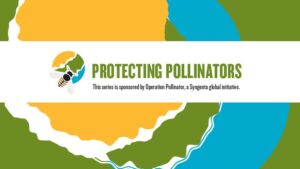Biostimulants are arguably the biggest step forward for agriculture in several decades. As importantly, they’re a major step towards sustainability at a time when sustainability is a front and centre opportunity and challenge for agriculture. We’re currently only on the leading edge of biostimulant research with huge potential still ahead. One of the biggest areas of potential is in seed application.
Right now, most biostimulants are foliar or soil applied, often multiple times throughout the growing season, and usually starting once the crop is well established. Essentially, biostimulants are viewed as effective but relatively short-acting (and therefore necessarily frequent) boosters to plant health and growth. Primary focus remains on single-product applications, mostly because in this early stage of biostimulants development, most companies are focused on their own products.
But…
Rather than waiting to apply to the leaf surface or soil after crop establishment, what happens when biostimulants are seed-applied to set the crop up for enhanced success right from the start?
Could a seed-applied boost at the earliest stage of the crop’s life provide more significant long-term benefit than later-stage applications?
Could a seed application replace some (or potentially all) later-season foliar/soil applications?
If biostimulants are combined during seed application, is there a multiplier of benefits from different modes of action?
At this point, our industry still has much to learn. Companies like ours are doing product testing and field trials, but we haven’t yet got enough data to definitively answer these and other questions about biostimulants, though we’re working hard to build the necessary data.
Here’s what we do know:
Biostimulants are currently understood to achieve one of five specific but often interrelated goals: boosting stress tolerance, improving plant growth, enhancing nutrient use efficiency, increasing quality and improving yield. Conditions in early season are often some of the most stressful a plant must withstand anytime in the growing season, and are made more difficult because the plant is at its smallest and most vulnerable. A seed-applied biostimulant that supports early season stress tolerance could have meaningful impact on crop establishment, uniformity and ultimate yield.
Today’s leaf-applied biostimulants currently require significant application effort, since they’re applied two, three or more times throughout the growing season. As there are currently so many new biostimulants coming to market, so little (and so varied) regulation in the marketplace, and so little control of labelling, tank mixing alongside other crop inputs and/or crop protections should not be assumed in all cases. Seed treatment could offer a lower-effort solution to biostimulant application. And, given that seed application requires only a small fraction of the amount of product required for foliar or soil application, seed application could prove more cost effective too.
We’ve got a lot of work ahead. Asking the right questions will be key to gaining maximum benefit from biostimulants. I’m excited about the challenge.









